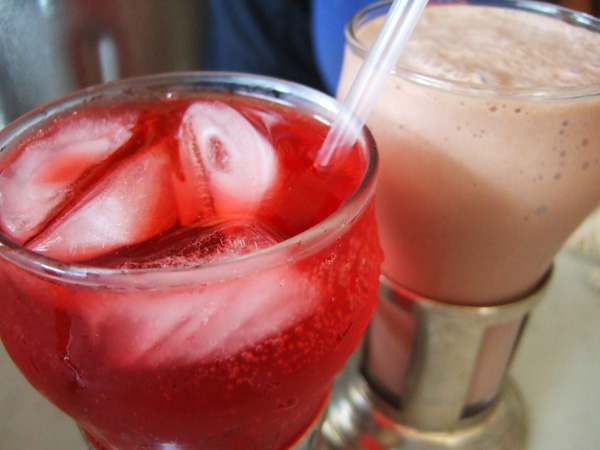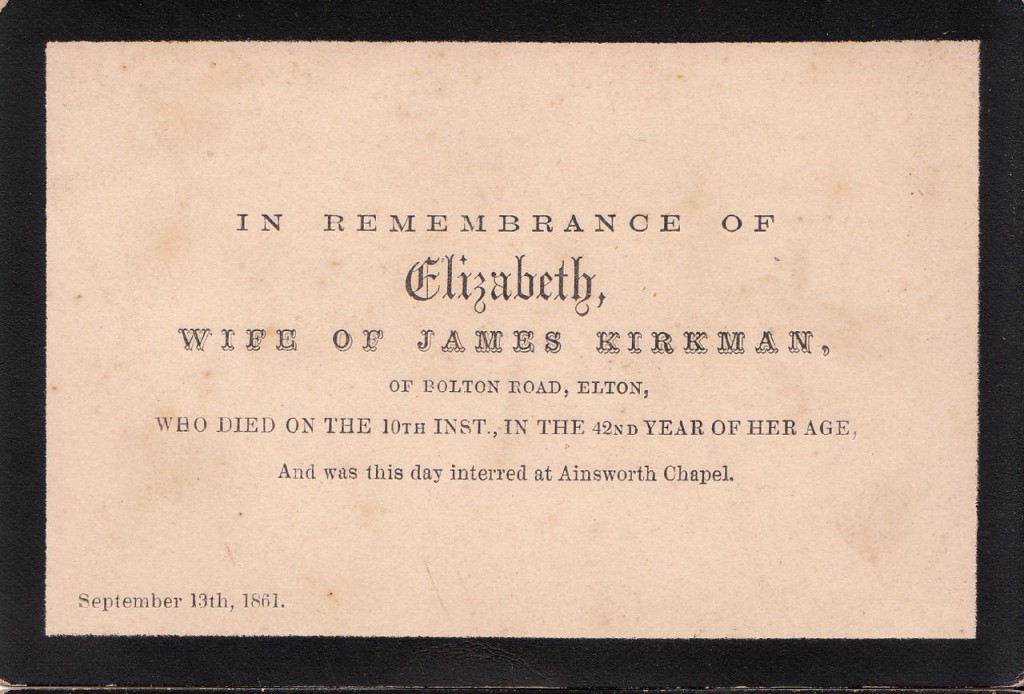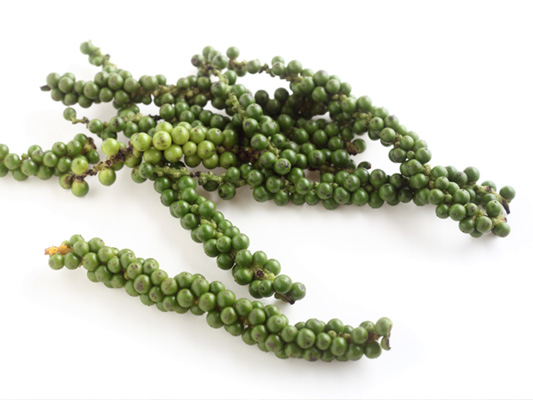This post represents a collaboration between myself and my Very Good Friends, the Brooklyn Brainery.  They took my research about distilling in Brooklyn in the middle of the 19th century, and compared it to the growing population of distilleries in the area today.  Take a look at their post below, and be sure to check out all their fascinating and fact-filled posts on their blog here.
A couple weeks back, Sarah Lohman, author of Four Pounds Flour and Very Good Friend of the Brainery tweeted the awesome little map below, Distilleries in Brooklyn in 1851. Sarah’s map focuses on Central Brooklyn, and I love how you can see how concentrated they were in this relatively small area.
Open Distilleries in Brooklyn 1851 in a new window (FPF Note: Click through to the full screen map for more information on each of the distilleries.)
I wanted to see how the past compared to the recent explosion in distilleries as a result of New York State introducing affordable distiller’s licenses for small producers. I spent a little time digging around on the State Liquor Authority’s website and put together the map below; it includes anyone in Brooklyn with an active distillery license. You can click on each point to get a little info about the distillery itself.
Open Distilling in Brooklyn – 2012 in a new window
There’s a book or two to be written about all this, so I’ll just mention a couple things that seemed interesting.
You’ll see there aren’t any distilleries in DUMBO these days, whereas there used to be a ton. Of course, in DUMBO today, many of the warehouses large enough to accomodate industrial activities have been rezoned as residential buildings, and the neighborhood has transitioned far away from its industrial roots, leaving today’s distilliers to locate in cheaper, still-industrial areas like Sunset Park and Red Hook.
There’s also a huge difference in the scale of alcohol produced between now and then. Blair, Bates & Co., a distillery located at the corner of Flatbush and Pacific in the 1851 map, produced 751,000 gallons of whiskey each year, while the boutique licenses most contemporary Brooklyn distilleries have today allow them to produce only 35,000 gallons each year. It’s still a lot of booze, but just 5% of what a large urban distilliery in 1851 was cranking out.
A couple more notes. You’ll notice, on the 2012 map, a license issued to a business right on the corner of 1st Avenue and 41st Street. Turns out it’s the home of Kings Wines, which produces all sorts of Chinese rice wines and spirits, and their site says they’re the only Chinese-owned distillery in the country.
There’s also a license issued to Brooklyn Spirits, the folks that produce Brooklyn Republic Vodka. While they have a distillery license to operate a rectifying plant, it appears they only blend and purify the final product in Brooklyn and don’t do any of the actual distilling here.
Finally, if you like messing around with maps and liquor licenses, you will have a ball with the New York State Liquor Authority’s mapping project. And for a peek into what distilleries were like in the 19th century (hint: fiery + explosive), check out this post from the Brooklyn Public Library.









